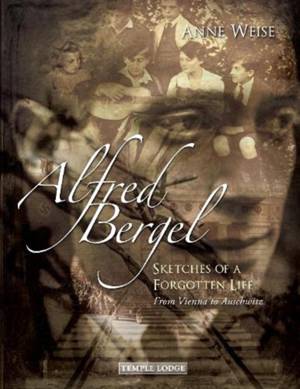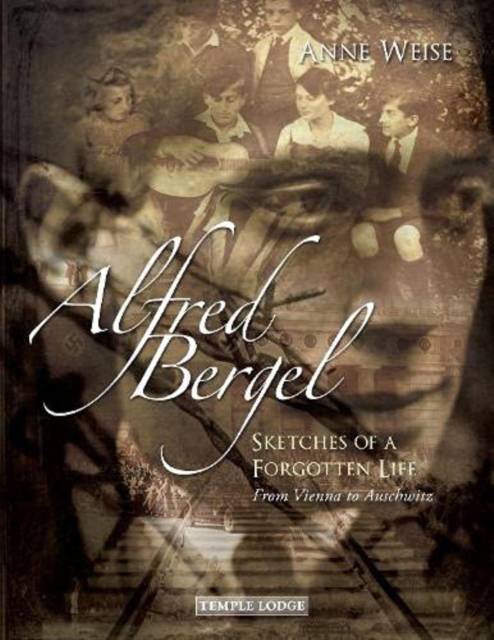
- Afhalen na 1 uur in een winkel met voorraad
- Gratis thuislevering in België vanaf € 30
- Ruim aanbod met 7 miljoen producten
- Afhalen na 1 uur in een winkel met voorraad
- Gratis thuislevering in België vanaf € 30
- Ruim aanbod met 7 miljoen producten
Omschrijving
In a remarkable deed of original scholarly research and detailed detective work, Anne Weise recreates sketches of a lost life--one of the millions of forgotten souls whose lives came to a violent end in the Holocaust. Her focus is Alfred Bergel (1902-1944), an artist and teacher from Vienna who was a close associate of Karl König, founder of the Camphill Movement for people with special needs. König wrote of Bergel in his youthful diaries as his best friend "Fredi."
After the annexation of Austria, Alfred Bergel found himself unable to escape the horror of the National Socialist regime. In 1942, he was deported to the Theresienstadt Camp. During his imprisonment there, he produced numerous artistic works of ghetto inmates and taught drawing, art history, and art appreciation. sometimes in collaboration with the Bauhaus artist Friedl Dicker-Brandeis. During this period, he was also forced by the Nazis to produce forgeries of classic art works.
As a central figure of cultural life in the Theresienstadt Ghetto, in 1944 Bergel was transported to the Auschwitz concentration camp, where he was murdered. His name and work are largely forgotten today, even among Holocaust researchers, but Anne Weise succeeds in honoring the life of the Jewish artist by lovingly piecing together his biography, based on numerous personal testimonies by friends and contemporaries and supplemented with documents and many dozens of photos and color reproductions of Bergel's artistic works. This invaluable recreation of a life provides insight not only into the desperate plight of a single individual, but also illustrates the human will and determination to survive in the context of one of the darkest periods of recent history.
Includes 32 pages of color plates.
Specificaties
Betrokkenen
- Auteur(s):
- Uitgeverij:
Inhoud
- Aantal bladzijden:
- 308
- Taal:
- Engels
Eigenschappen
- Productcode (EAN):
- 9781912230846
- Verschijningsdatum:
- 11/03/2022
- Uitvoering:
- Paperback
- Formaat:
- Trade paperback (VS)
- Afmetingen:
- 188 mm x 244 mm
- Gewicht:
- 938 g

Alleen bij Standaard Boekhandel
Beoordelingen
We publiceren alleen reviews die voldoen aan de voorwaarden voor reviews. Bekijk onze voorwaarden voor reviews.











